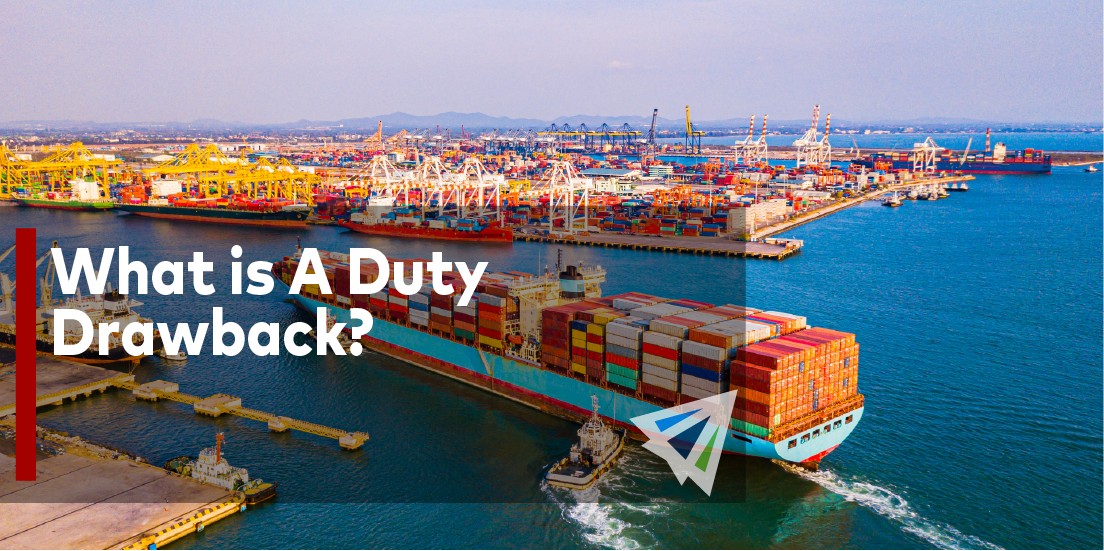We all love a refund when possible, don’t we? Luckily, with duty drawbacks, the possibility of getting a refund on your import tariffs/duties may be an actual possibility (given the circumstances are right.)
Duty drawbacks were instituted to allow certain shippers a refund (or “drawback”) on duties they paid to U.S. Customs. But in what circumstances are duty drawback requests allowed? Let’s dive into it a bit more.
Duty Drawbacks
Before we dive into when a duty drawback can be instituted, it’s important to understand from a basic level why exactly duties are charged in the first place.
The purpose of duties (or tariffs) is to help control domestic/international production of goods. In other words, if China can produce shoes for one-twentieth the price that the U.S. can produce shoes, the globalization of the market would threaten all U.S. shoe manufacturers from going out of business. So, U.S. Customs will institute a massive tariff on shoes imported from China to protect domestic production of shoes and keep the U.S. shoe manufacturing industry alive.
At least, that’s a simple summary.
So, it only seems fair that tariffs or duties are added when necessary (or when they meet the criteria of their original purpose for being instituted), right?
This is the why duty drawbacks exist. A Duty Drawback is a refund on duties paid to U.S. Customs which is given to certain shippers. U.S. Customs will charge every shipper their respective tariff regardless of the purpose for the cargo being imported. However, if the cargo meets the respective eligible criteria, an importer may take advantage of a Duty Drawback, which would allow for a refund of the duties they paid on the importation of their product.
When are Duty Drawbacks Allowed?
Think of it this way: a tariff on shoes being imported for resale makes sense. But applying a tariff to something being imported for a tradeshow or exhibit doesn’t make much sense, since the goods are serving no commercial purpose in the U.S. These are instances in which duty drawbacks are allowed.
Duty Drawbacks usually apply to products being imported for Value-Added Services, exhibits, tradeshows, lab studies, or other similar purposes where the cargo is not being “sold” or serving any commercial or market value within the U.S.
Requesting a Duty Drawback
For a shipper to be eligible for receiving a duty drawback on an import, they must do so within a specific window of time and supply the right documentation to U.S. Customs.
To receive a duty drawback, a shipper must request it within 6-years of the importation of the product. After this window of time, the shipper is no longer eligible for receiving a duty drawback. Also, when requesting a duty drawback, Customs requires that the following documents be given: Import Purchase Order, Import Purchase Invoice, Receiving Record, Entry Summary, Export Sales Invoice, and Export Bill Of Lading.
Further Questions
If you or your team imported a product for Value-Added Services, tradeshows/exhibits, lab studies, or any other purposes that would qualify your cargo for a duty drawback and you are looking for answers to questions you may have, please don’t hesitate to reach out to one of our team members! We would love to help you by answering your questions!
